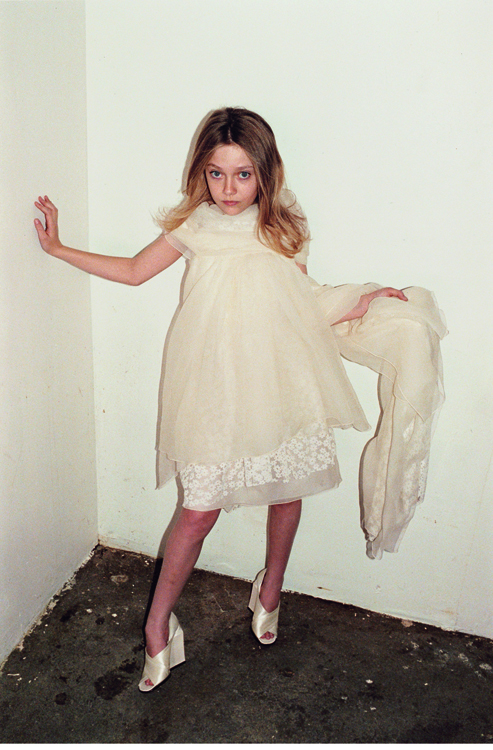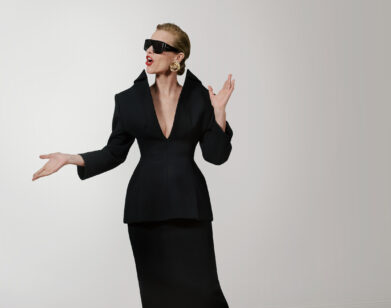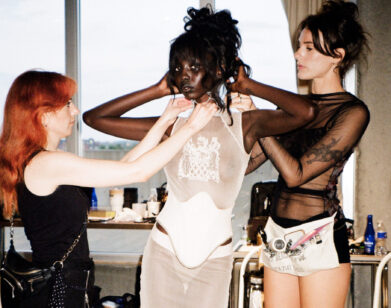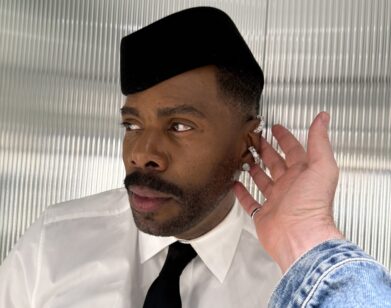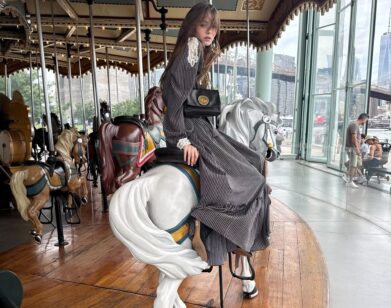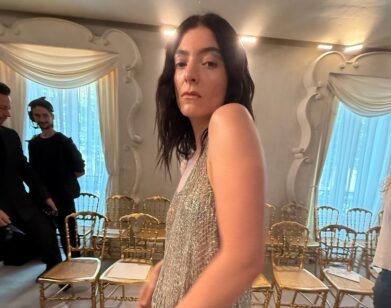Paging: Marc Jacobs, Our Advertisements, Ourselves
Thumbing (or rather manhandling) the encyclopedic volume Marc Jacobs Advertising 1998–2009 (Steidl) is like flipping through snapshots of an exclusive family album: There’s Sofia skinny dipping, Rachel in the kitchen, Ryan in the tub, Harmony eating a burger, William (drink in hand) sloppily clutching Charlotte in bed. A family album indeed, capturing in sunny snapshots the inner circle of Marc Jacobs and his longtime collaborator, photographer Juergen Teller, intheir ubiquitous so anti-fashion they’re fashionable ad campaigns. And what kind of veritable record of an era would it be without Sofia Coppola, Rachel Feinstein, Ryan McGinley, William Eggleston, and Charlotte Rampling—just some of the bohemian cast who have appeared, as themselves but with more idiosyncratic styling, in the campaigns for Jacobs’ apparel.
It’s all the more a family album because Jacobs and Teller have the naughty insight to capture people at their best and their worst. They got Winona Ryder to winkingly try on some new clothes after her notorious shoplifting episode. They got Harmony Korine to ear t a hamburger after he’d grown up, given up drugs, and put on some weight. The harsh, on-camera flash, and loose approach of Teller’s environmental portraiture gives way to an often unforgiving reality. Age is fiercely and elegantly revealed on Kim Gordon’s face, while Victoria Beckham appears like a tiny roast beef-colored caricature of herself before losing herself entirely in a giant shopping bag; Dakota Fanning, most preciously and psychologically disturbingly, perhaps, awkwardly plays dress up in her mother’s closet.
And Teller isn’t afraid to turn the camera on himself, and over the years he has become more daring with his own role in this body of work-and his willingness to show off his own less than fashionable physique. What initially begins as Teller’s feet floating in to the frame as he photographed Sofia in a pool, evolved into drag with Cindy Sherman, and near full-on nudity with Charlotte Rampling. It’s raunchy and it’s silly, but Teller is smart enough to turn himself into another type, here the macho, insatiable, foolishly self-mythologizing photographer.
The role of a fashion image is to provide inspiration for aspiration, but we don’t need to aspire to be the people in Teller’s images. We’re already aspiring to be them.

